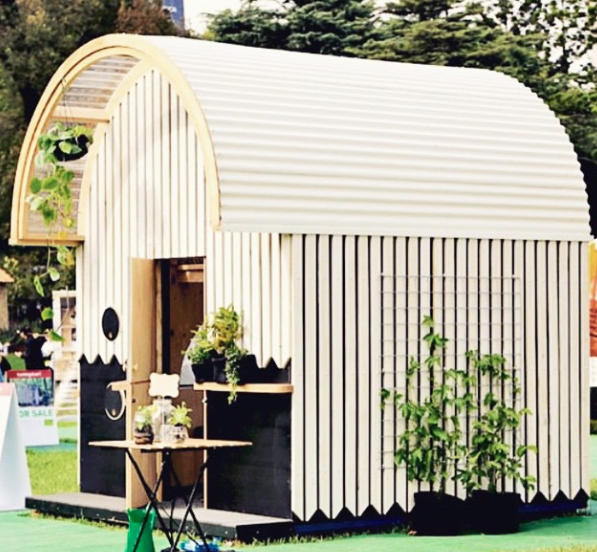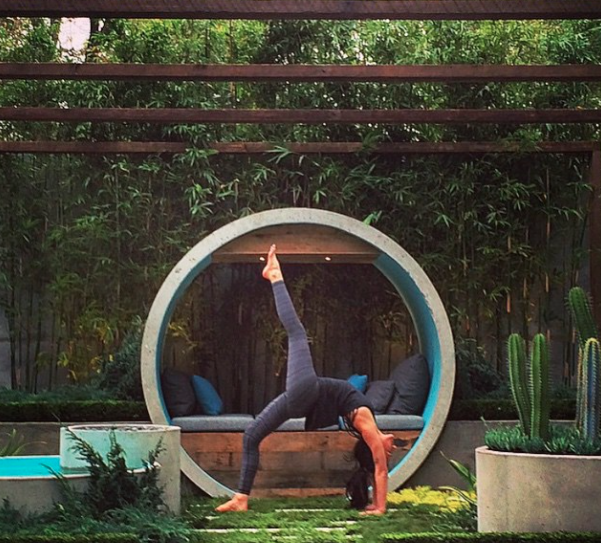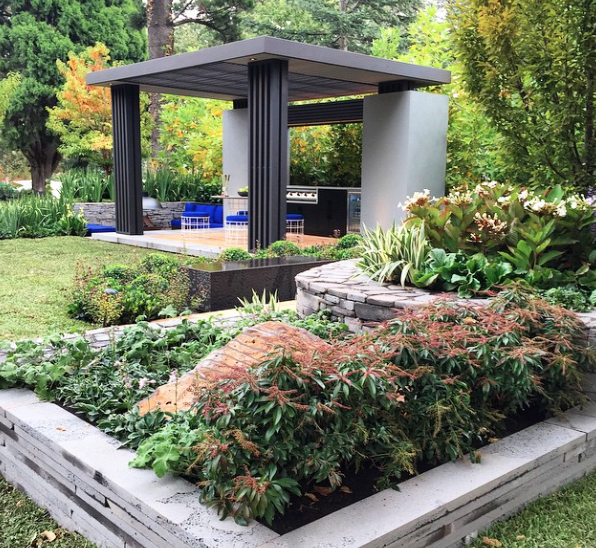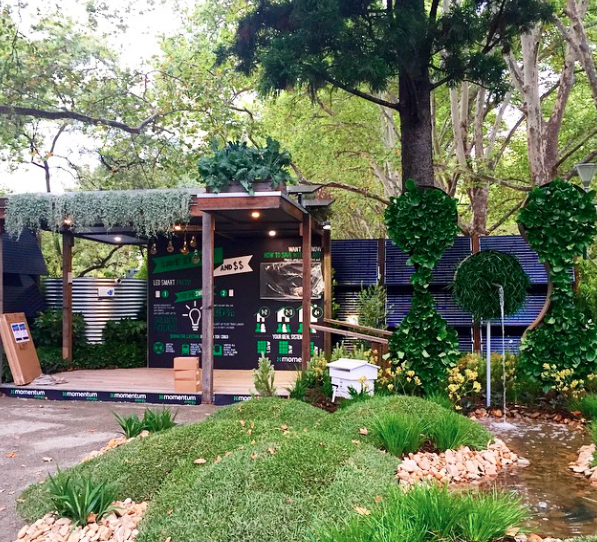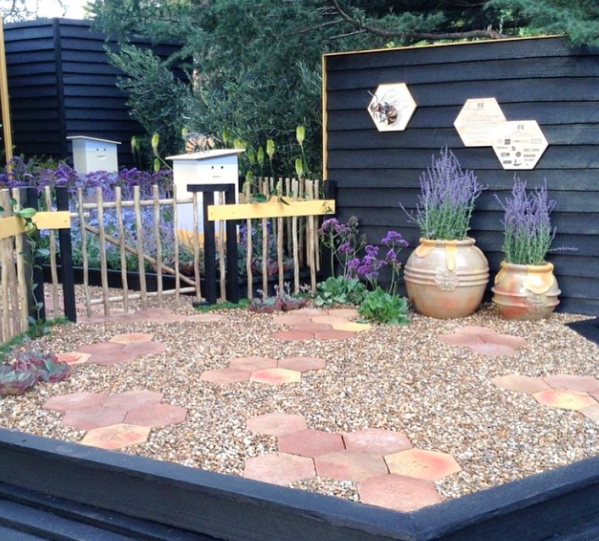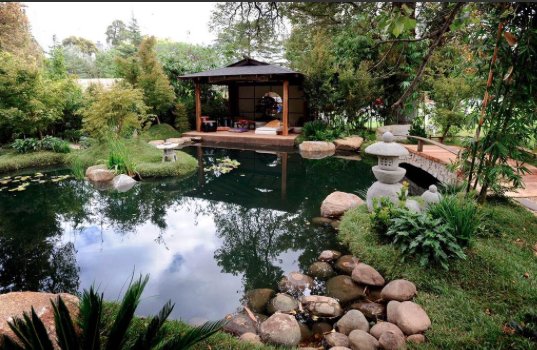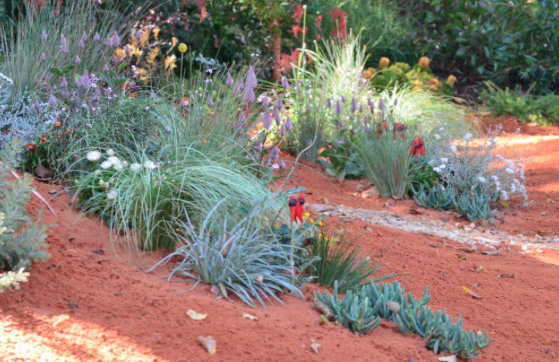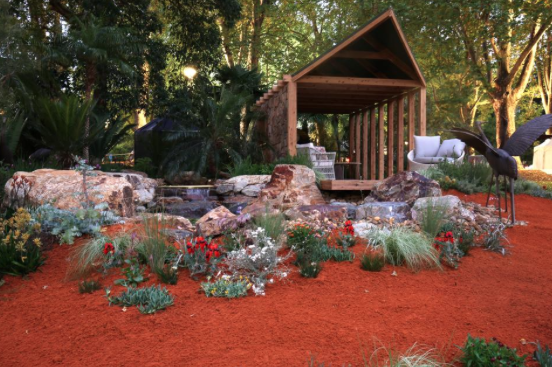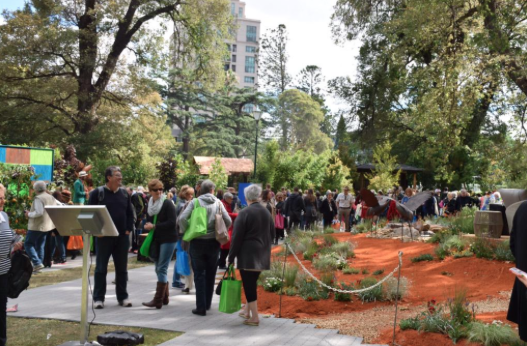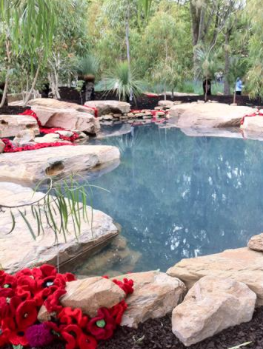Building In a Bushfire Zone in 2025
Building in Bushfire Zones: A 2025 Guide to Harmonising Safety & Nature in Victoria
Living amidst Victoria’s stunning bushland comes with a responsibility to protect both your home and the natural environment. As bushfire seasons grow more intense, designing a resilient home that respects the landscape is no longer optional—it’s essential. Here’s how to strike the perfect balance between safety and sustainability, with tips aligned to the *National Construction Code (NCC) 2022* and Victoria’s latest regulations.
---
1. Know Your Risk: Start with a BAL Assessment
Every bushfire-resistant build begins with understanding your *Bushfire Attack Level (BAL)*. This metric, determined by a qualified assessor, measures your property’s exposure to embers, radiant heat, and flames . Victoria’s *Bushfire Prone Areas (BPA)* and *Bushfire Management Overlay (BMO)* maps dictate construction standards, from non-combustible materials to defendable space requirements . Use *VicPlan* to check your property’s designation and consult local councils for tailored advice .
**Pro tip:** Even if your BAL is low (e.g., BAL-12.5), consider exceeding minimum standards. The *CSIRO Bushfire Best Practice Guide* recommends proactive measures like fire-resistant landscaping to future-proof your home .
---
2. Design Smart: Materials Matter
The *NCC 2022* and *AS 3959:2018* mandate non-combustible materials for walls, roofs, and decks in high-risk zones.
Think:
Steel framing and corrugated iron cladding (like the curved Kallista House, where leaves slide off roofs) .
Double-glazed windows with toughened glass and metal shutters to block embers .
Stone, brick, or rammed earth walls for thermal mass and fire resistance .
Avoid timber decks and overhangs in BAL-40 or Flame Zone (BAL-FZ) areas. Instead, opt for concrete patios or steel-framed balconies compliant with *NCC Volume Two Clause 3.10.5.0* .
**Innovation alert:**
Explore Joost Bakker’s Kinglake prototype, featuring soil-covered roofs and recycled materials, tested by CSIRO for extreme fire resilience .
---
3. Seal the Gaps: Embers Are the Silent Threat
Up to 90% of bushfire home losses start with ember intrusion. Ensure:
- **Airtight seals** around doors, windows, and roof vents fitted with non-combustible mesh .
- **Non-flammable insulation** (e.g., mineral wool) to prevent toxic fumes .
- **Concealed gutters** and metal screens to block leaf buildup .
---
4. Defend Your Space: Work with Nature
A bushfire-resistant home doesn’t mean stripping the landscape. Instead:
- Create **defendable space**: Clear vegetation within 10–20m of your home but retain mature trees for shade and biodiversity .
- Install **rainwater tanks** (minimum 10,000L) and sprinkler systems connected to independent power (e.g., solar) .
- Use **fire-resistant plants** like succulents and deciduous trees near structures .
**Did you know?** Strategic landscaping can reduce radiant heat by up to 50% .
---
5. Stay Updated: Key Resources for 2025
- **VicPlan**: Check your BPA/BMO status and download property reports .
- **CSIRO Bushfire Best Practice Guide**: Free, science-backed strategies for retrofitting or building anew .
- **NCC 2022 Part G5**: Updated standards for Class 1–9 buildings in bushfire zones .
- **Local councils**: Mandatory permits and BAL assessments .
---
Final Thoughts: A Future-Proof Legacy
Building in Victoria’s bushfire zones is about respect—for the land, your community, and future generations. By blending smart design with ecological sensitivity, you create a sanctuary that’s both safe and sustainable. As architect Ben Callery reminds us, “Resilience doesn’t mean sacrificing beauty; it means designing with intention” .
*Stay safe, stay inspired, and let’s protect the bush we love.*
---
*References: VicPlan, CSIRO Best Practice Guide, NCC 2022, AS 3959:2018, and local council guidelines.*
Landscape your Garden
We recently attended the Melbourne International Flower and Garden Show and as usual were inspired by some of the inovative and creative garden spaces created by some amazingly talented Landscape Architects. We thought it would be a great time to outline what you need to know about Landscaping and whether you need a registered and insured Landscape Builder. Ashley is not only a Registered Builder but he also studied Horticulture at Burnley. We can help you create the ultimate garden and outdoor rooms.
Insurances
All landscapers should carry public liability insurance - check that they do. Similarly landscape designers should carry professional indemnity insurance.
If your project is larger than $16,000 and you are using a licensed (registered) landscaper, they should provide you with home warranty insurance. Home warranty insurance guarantees the structural components of the project for up to six years - just like warranty insurance when building a house. Unlicensed landscapers cannot offer home warranty insurance.
Using licensed landscapers
Legally all landscapers undertaking structural works (paving, decking, pergolas, pools) over $5,000 should be a registered building practitioner. You can ask to see their license as proof. Only licensed landscapers can offer home warranty insurance. You can find out more about this from the Victorian Building Authority www.vba.vic.gov.au. All relevant member categories of Landscaping Victoria that require a license, are either already licensed, or in the process of becoming so.
Will I need a permit?
Your landscape professionals should know and secure all appropriate building permits that you may require. If you are unsure, contact your local council and they will advise you which permits are required. For example fences over 1700mm high require a permit.
Plants to consider
A landscape designer will be able to put togther a plant list specific to your garden. For more ideas, take a walk around your neighbourhood - this will give you a reasonable idea of which plants are doing well in the local area under similar weather and soil conditions and will also give you information about size and maintenance.















